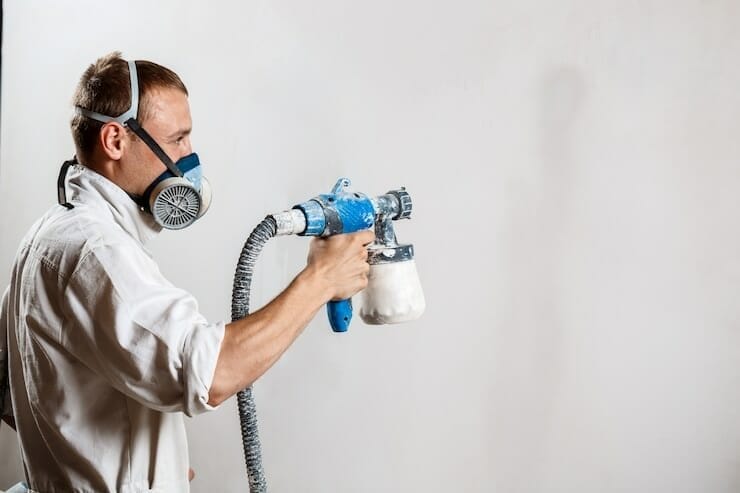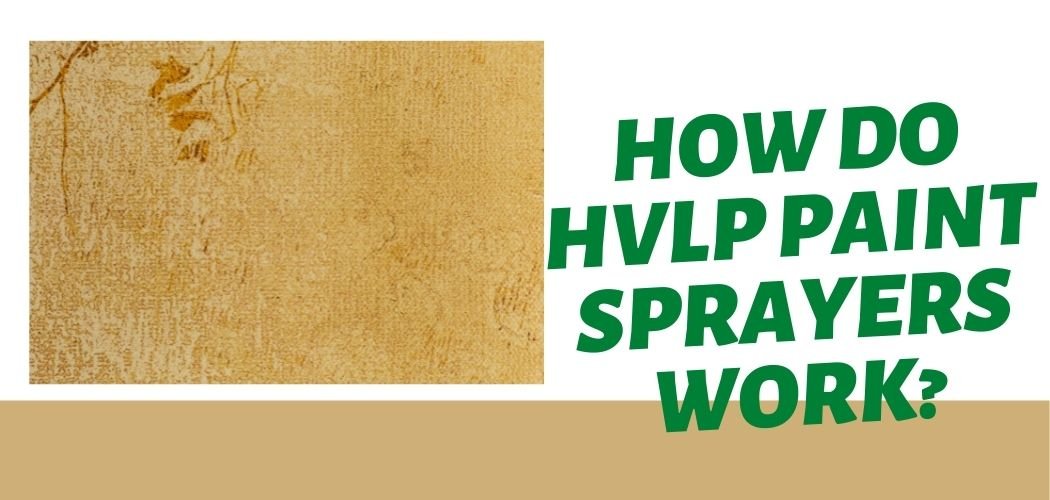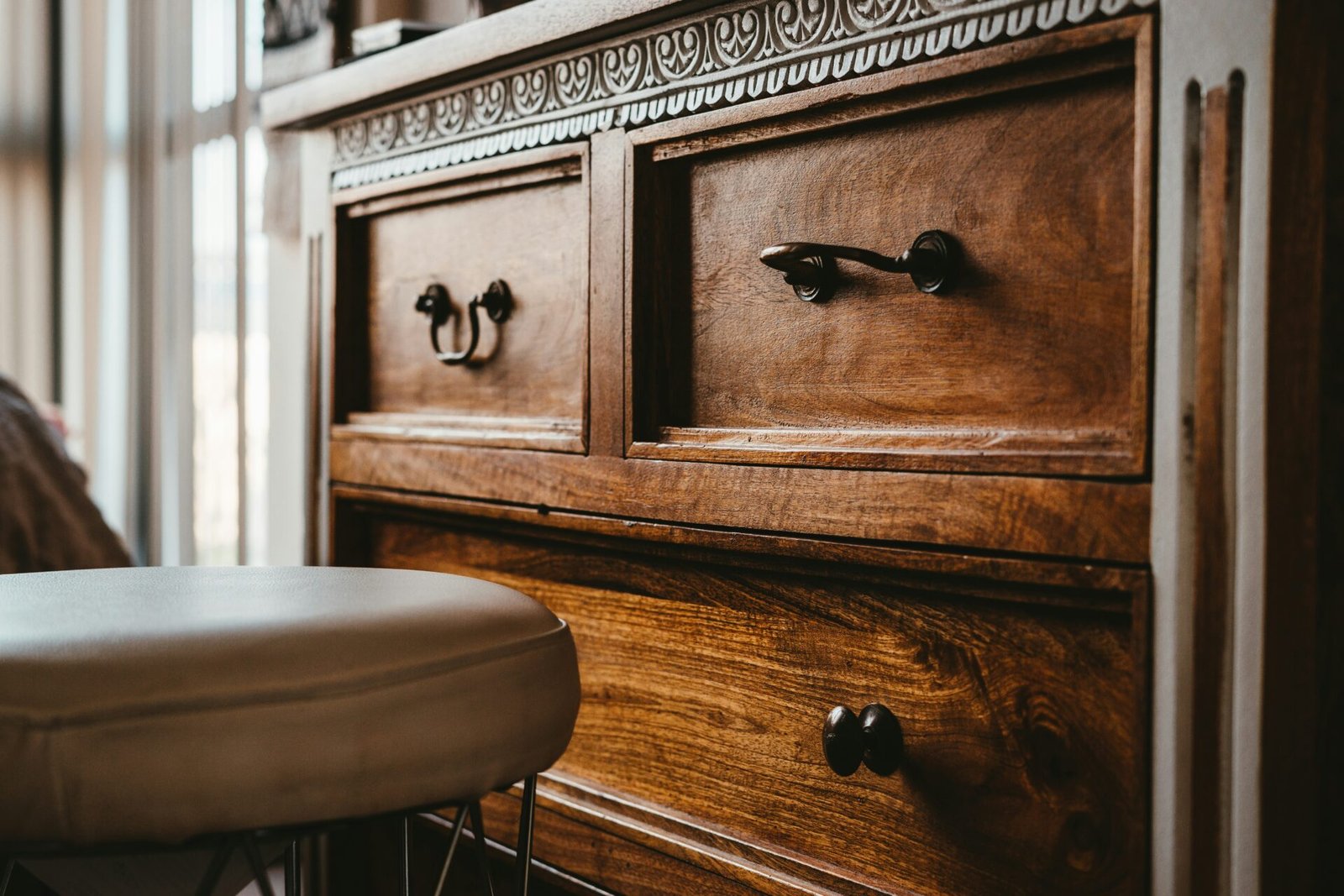How do HVLP Paint Sprayers Work? An HVLP (High Volume Low-Pressure) paint spray spray spray can be used to spray paint at an easy-to-control and direct pressure.
These sprays produce consistent, fine-grained paint surfaces that are unmatched by any other tool. Most people don’t take the time to learn how they work.
This can lead to frustration as they are unable to spray the HVLP paint spray in the desired way. Many hobbyists and beginners conclude that the HVLP paint sprayers are not as good as they claim to be. We have written a detailed article on this topic, “How do HVLP paint sprayers work?”
Operating Principle: How Do HVLP Paint Sprayers Work?
The process of atomization is when paint spray guns convert liquid paint into thousands of tiny droplets. Paint can be applied almost at a molecular level to the surface by using atomized droplets.
The HVLP Paint Sprayers guns are equipped with several components that work together in unison.
HVLP Paint Sprayers guns have the most advanced spray technology and are therefore the most efficient. Other past technologies include gravity-feed and pressure siphon sprayers.
The pressure guns allow the fluid to flow through a small opening. This valve can be operated by hand, and the fluid is pressurized.
The siphon guns create low pressure by allowing air to flow past the reservoir. This allows the paint to be sucked out and then split into smaller particles when it exits the gun’s mouth.
The reservoir is mounted on the top of gravity-feed guns. This makes use of gravity to draw paint down, where it is combined with a high-speed exiting jet.

Performance
The HVLP Paint Sprayer guns feature either the siphon or gravity-feed designs. They work at low pressures, typically between 10 and 20 psi.
This allows them to spray a large amount of paint at low pressures. They can transfer large amounts of paint to the surface and have minimal overspray. This makes HVLP sprayers highly efficient and accurate.
The HVLP reservoir holds the paint and allows atmospheric pressure to affect it. This allows the paint to flow down by gravity.
Siphon paint guns can hold up to one quart of paint, while gravity-feed reservoirs can hold up to one pint. Through ventilation or a non-spill valve, the atmospheric pressure can act on the paint.
Settings
When operating the paint spray gun, there are three things to remember; the air pressure, the paint flow, and the fan size.
Most manufacturers recommend a 30 psi-50 psi inlet pressure. Higher air pressure will cause the paint to atomize more but it will also lead to overspray.
The “orange peel” phenomenon is also increased by over-atomization. This happens because solvents in paint dry faster than paint pigments.
The fan determines the size of the spray pattern. A wider fan will result in a decrease in the amount of material that is distributed. This means you might need to spray the same area twice in order to achieve the desired finish.
You can now adjust the flow of paint. This will only be possible if you use the right paint. It should be set once you’ve done so.
The final component of spraying is the Air Cap. The holes are precision drilled and placed so that the spray pattern is the best. These holes allow air to atomize the paint, creating a fan-shaped pattern.
FAQs
What is the difference between HVLP and airless sprayers?
Airless and HVLP DifferencesAn HVLP (high volume low pressure) sprayer uses either a compressor or a turbine to atomize the paint. The sprayer holds the paint in either a cup that is attached to it or in a remote-pressurized pot. Spray guns use a fluid needle with a nozzle, while airless spray guns use a spray tip.
Are HVLP sprayers good?
Professional HVLP sprayers have many advantages. Adjustability and long-term durability are very affordable. These are also fast so they may be the best choice if you need to paint large areas often. Although they require more training, the finish is almost flawless.
What is a HVLP sprayer used for?
HVLP spray guns Dispense finishes at high volume and low pressure(HVLP), which allows for less spraying and, when applied properly, gives a more refined finish. They are loved by cabinetmakers and furniture makers. Two types of HVLP spray guns are available.
Conclusion:
HVLP paint sprayers work by using a high volume of low-pressure air to atomize the paint into small droplets. The resulting mist is then directed onto the surface to be painted. This type of paint sprayer is ideal for painting large surfaces, such as walls and ceilings because it produces less overspray than traditional paint sprayers.





Leave a Reply
You must be logged in to post a comment.